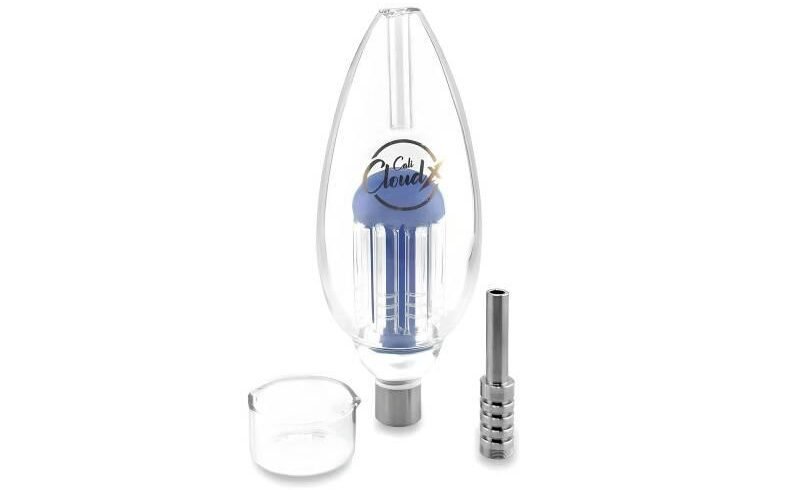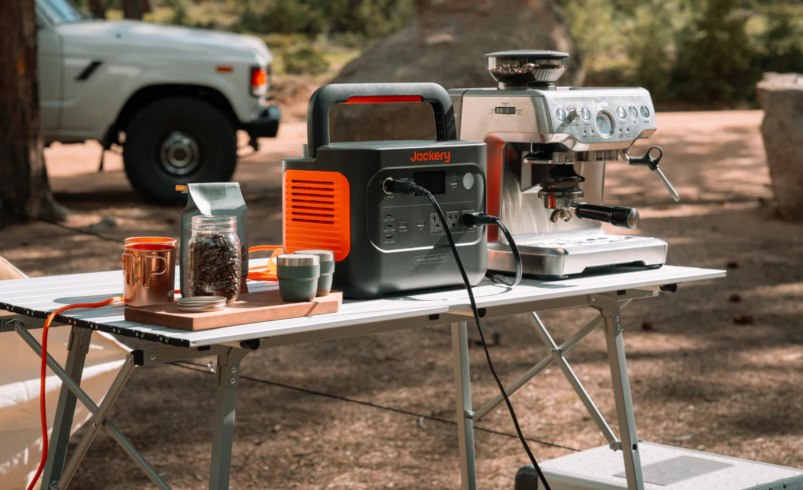Glass Beaker Safety Tips: Handling And Storage

Safety is paramount when handling and storing glass beakers in any laboratory setting. Glass beakers, although sturdy, can be fragile if not handled with care. Always ensure that beakers are kept in designated areas where they are less likely to be knocked over. When moving beakers, use both hands and avoid overfilling them to prevent spills and potential accidents. It’s crucial to inspect beakers for any cracks or chips before use, as these imperfections can lead to breakage under stress or heat. Proper storage involves placing them on stable shelves or in cabinets with soft padding to cushion any impacts. Additionally, always allow beakers to cool down gradually after heating to prevent thermal shock, which can cause the glass to shatter. Implementing these safety tips can significantly reduce the risk of accidents and ensure a safer laboratory environment.
Why Are Glass Beaker Preferred Over Plastic In Labs?
Glass beakers are preferred over plastic in laboratories for several compelling reasons. One primary advantage is their chemical resistance; glass does not react with most chemicals, ensuring the integrity of the measured or mixed solutions. This resistance is critical when working with strong acids, bases, or organic solvents that can degrade plastic materials. Glass beaker also offer superior heat resistance, making them ideal for heating and boiling experiments. Unlike plastic, which can melt or release harmful substances at high temperatures, glass remains stable and does not leach contaminants. Moreover, glass beakers provide better visibility, allowing scientists to observe reactions and measure liquids accurately without distortion. These properties make glass beakers indispensable in ensuring accurate, reliable, and safe laboratory practices.
Understanding The Measurements On Your Glass Beaker
Understanding the measurements on a glass beaker is essential for accurate scientific experiments. Glass beakers typically feature graduated markings that indicate volume in milliliters (mL) or liters (L), providing a precise guide for measuring liquids. These graduations are usually printed or etched on the side of the beaker, with the smallest divisions indicating the smallest measurable volume. When reading the measurements, ensure the beaker is on a level surface and view the liquid level at eye height to avoid parallax error. The meniscus, the curve formed by the liquid’s surface, should be read from the bottom for an accurate measurement. Some beakers also include dual scales for convenience, showing both metric and imperial units. By correctly interpreting these measurements, scientists can ensure the accuracy and reproducibility of their experiments, which is fundamental to scientific research.
Innovative Designs Of Modern Glass Beakers
Modern glass beakers have evolved with innovative designs that enhance their functionality and safety. Some contemporary designs incorporate reinforced rims and spouts to improve durability and pouring accuracy. Anti-slip bases are another innovation, providing stability and reducing the risk of spills. Additionally, some glass beakers now feature ergonomic handles for easier handling and transport. Innovations in material science have led to the development of borosilicate glass, which offers enhanced thermal resistance and mechanical strength compared to traditional soda-lime glass. This type of glass can withstand rapid temperature changes and is less prone to breaking, making it ideal for rigorous laboratory use. Furthermore, some beakers are designed with integrated covers to minimize contamination and evaporation during experiments. These modern advancements in glass beaker design contribute to more efficient, safe, and reliable laboratory work.
The Importance Of Using A High-Quality Glass Beaker
Using a high-quality glass beaker is crucial for obtaining accurate and reliable results in laboratory experiments. High-quality beakers are made from durable, chemically resistant glass that can withstand repeated use and exposure to harsh chemicals. This durability ensures that the beaker maintains its integrity and does not impart any impurities into the solutions being measured or mixed. High-quality beakers also feature precise graduations for accurate measurement, which is essential for reproducibility in scientific research. In addition, these beakers are designed to withstand thermal stress, making them suitable for heating and cooling processes without the risk of breakage. Investing in high-quality glass beakers reduces the likelihood of experimental errors and enhances the overall safety and efficiency of laboratory operations.
Glass Beaker Vs. Plastic Beaker: Which Is Better?
The debate between glass and plastic beakers centers on their respective advantages and limitations. Glass beakers, as discussed, offer superior chemical and heat resistance, making them ideal for experiments involving strong acids, bases, and high temperatures. They provide clear visibility, do not react with most chemicals, and are easy to clean and sterilize. However, glass beakers are more fragile and can break if mishandled, posing a safety risk. On the other hand, plastic beakers are lightweight, less prone to breaking, and often more affordable. They are suitable for basic experiments and educational settings where chemical resistance and heat tolerance are not critical. However, plastic beakers can react with certain chemicals, absorb odors, and may deform under heat. Ultimately, the choice between glass and plastic beakers depends on the specific requirements of the laboratory work. For precise, high-stakes scientific research, glass beakers are generally the better choice, while plastic beakers may be sufficient for less demanding applications.
Conclusion
In conclusion, glass beakers play a vital role in laboratory settings due to their chemical resistance, heat tolerance, and measurement accuracy. Adhering to proper safety tips for handling and storage can prevent accidents and extend the lifespan of these essential tools. The preference for glass over plastic beakers is driven by the superior performance and reliability that glass offers in scientific research. Understanding the measurements on glass beakers ensures precise liquid handling, while innovative designs enhance their functionality and safety. Investing in high-quality glass beakers is crucial for accurate, reproducible results and overall laboratory efficiency. While plastic beakers have their place, particularly in educational or less demanding environments, glass beakers remain the preferred choice for rigorous scientific work.





